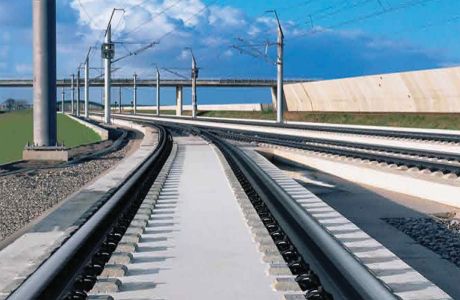 © Andrey Alyukhin – 123RF.com |
The 34.24km network, based on two initial lines, one running north-south from Menelik Square to Kaliti and the other running east-west from Ayat to Tor Hailoch is set for completion in January 2015, with 41 stations in all. The network is designed to carry 15,000 passengers per hour per direction.
“We have been retained by the Ethiopian Railway Corporation (ERC) to illustrate what activities, uses and yield can be created around the new stations within a 400-metre radius,” explains Nico Venter, leader of Integrated Urbanism at Arup SA.
“Within this walkable node we need to assess if each place and loci can accommodate appropriate use and bulk development. This forms part of the regeneration of a 125-year-old city with over 3 million people. We will visualise these nodes and illustrate potential future development, culminating in a broad based bankable approach, cognisant of costs and the catalytic potential these nodes could have on the city.
“This is a typical African city and each precinct has its own unique requirements and sense of place. The framework must therefore look to short, medium and long-term approaches that allow for flexibility, and that can change over time as the node develops and matures.
“We have been requested to provide an independent view, using a multi-disciplinary approach, within a tight schedule of five months. We look forward to this task, as an exciting step forward in the future of city making,” concludes Venter.


